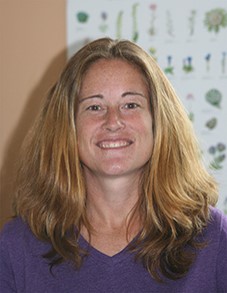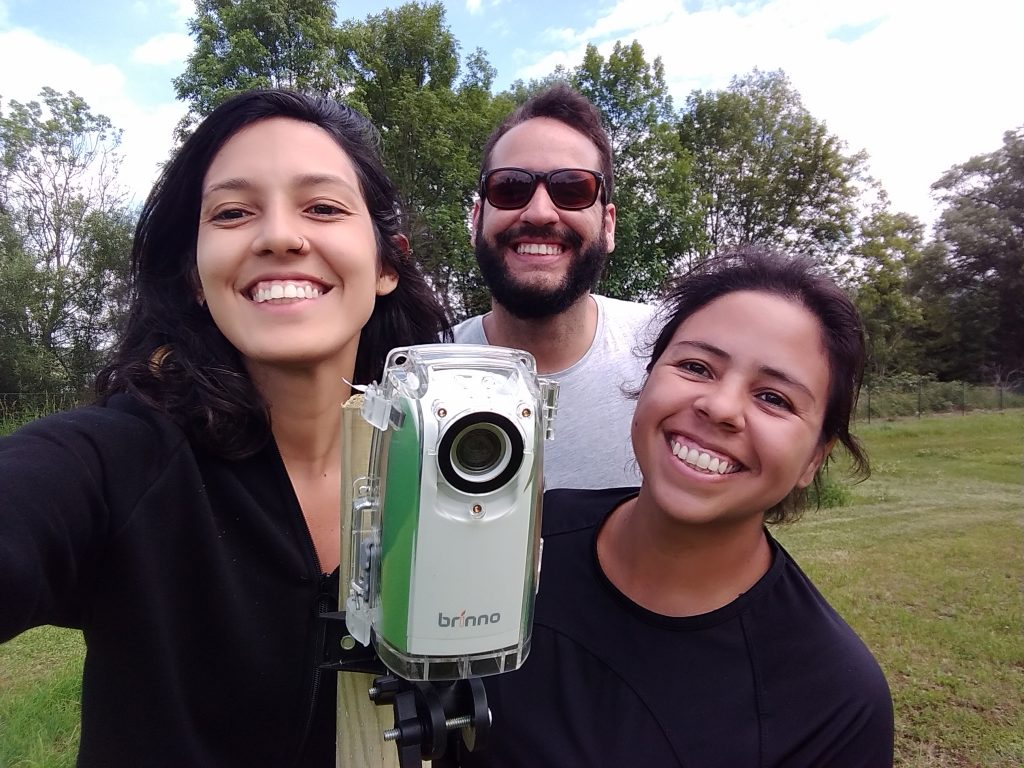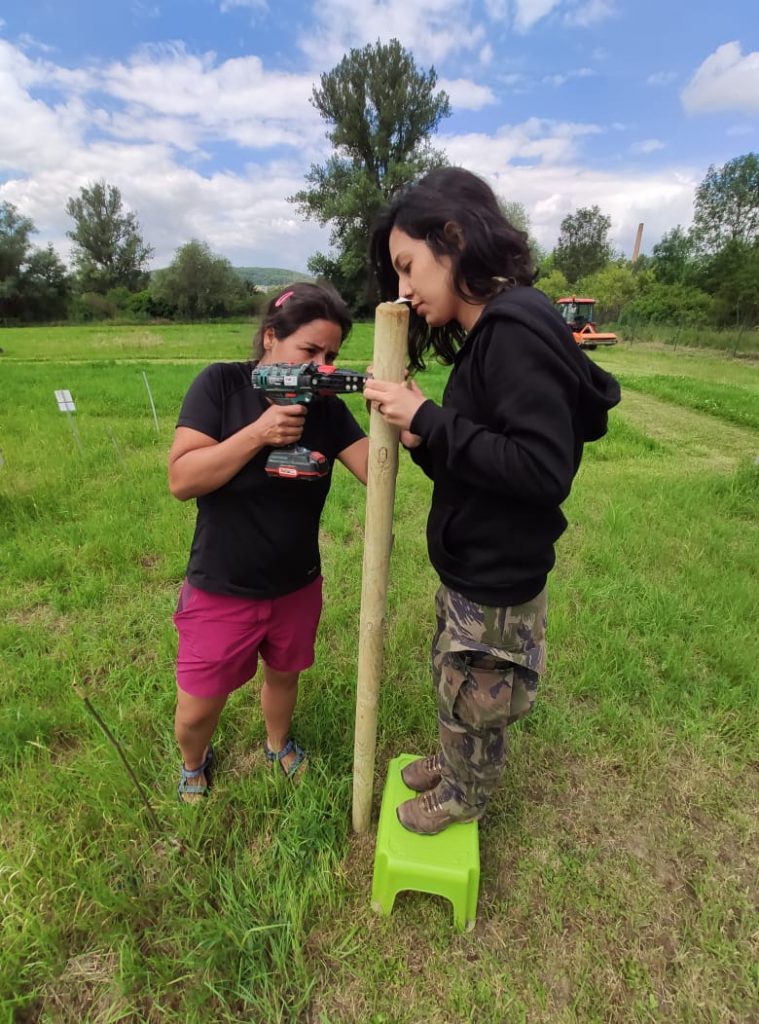Temporal dynamics
Plant diversity, plant history, and soil history effects on the temporal dynamics of plant and soil activity
Principle Investigators: Prof. Dr. Nico Eisenhauer, Leipzig; Dr. Jes Hines, Leipzig; Prof. Dr. Christian Wirth, Leipzig

Leipzig
Principle Investigator
+49 (0) 341 97 33200

Leipzig
Principle Investigator
+49 341 97 33172

Leipzig
Principle Investigator
+49 341 97 38591

One major underlying reason why relationships between biodiversity and ecosystem functioning strengthen over time may be that species respond to the presence of competitors by differentiating into dissimilar niches, which allows diverse communities to maximize resource use and minimize competition. In theory, such niche differences include temporal variation in biological activity, but the seasonality (phenology) and development of plant temporal niches and potential linkages to soil biological activity patterns have rarely been quantified in BEF experiments.

In this subproject, we designed three coordinated work packages to test mechanisms driving potential shifts in activity periods. We start by testing whether aboveground and belowground activity periods are linked to the effects of plant diversity on abiotic conditions (WP1). If so, are activity periods dependent upon longer-term selection effects of plant diversity on soils (WP2), or are activity periods more strongly associated with plant traits and plant history, and their interaction with soil history (WP3)? By exploring the influence of plant diversity, plant history, and soil history on the onset, magnitude, duration, and stability of activity patterns, we test whether these factors drive temporal niche differentiation and strengthen over time due to plant history and soil history effects. If true, an important implication is that novel communities without shared interaction history could be a poor surrogate for conservation of biodiversity and ecosystem functioning in the long-term.

